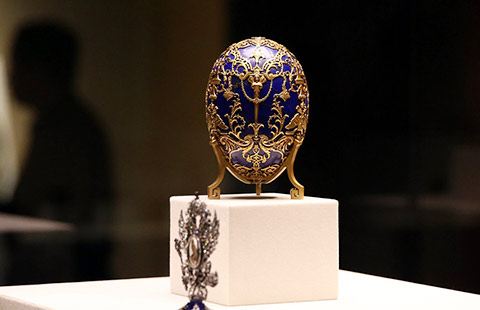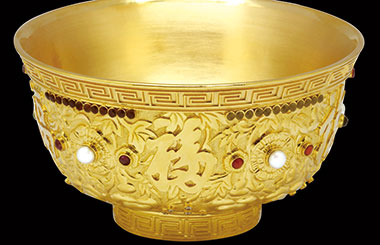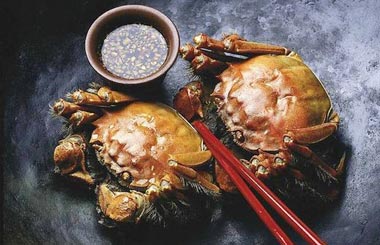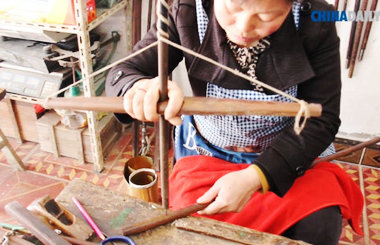Ancient handicrafts preserved in museum
By Bi Nan ( chinadaily.com.cn ) Updated: 2016-04-19 18:22:15
The craft, requiring exquisite workmanship from highly trained craftsmen, was listed among the nation's intangible cultural heritages in 2008.
"There were less than 10 people who knew the craft in 2008 in Beijing, and now there are more than 200 people doing this," Sun said, adding he is quite happy more people are using the technique.
Sun's efforts play a pivotal part in reviving the art, and he's been promoting filigree and inlay artwork.
"The technique is purely handmade, and it takes about 10 years to master the craft", Sun said, "Besides, the maker has to be 30-60 years old, as the technique needs proper strength, neither too strong nor too weak."
During the 2014 APEC meeting in China, handbags made by using filigree and inlay techniques were given to the wives of participating countries' leaders as national gifts, which has made the ancient technique better known to the public.
"Among the more than 2,000 museums in China, there are only two profitable museums: one is National Museum of HUAXIA, and the other one is the China International Showgood Art Museum", Sun said.
Achieving such a success is not easy for Sun, who was born in a small village in Central China's Henan province, and brought up by his mother and elder brother. He came to Beijing in his 20s and worked in a restaurant at first.
Then he earned a college degree through self study and got the chance to work in a publishing group, where he read a lot of ancient Chinese classics and his understanding of Chinese civilization grew. Three years later, he quit his job and started his own business in the field of art investment.
|
|
|
|
|
|
|
|

























 Raymond Zhou:
Raymond Zhou: Pauline D Loh:
Pauline D Loh: Hot Pot
Hot Pot Eco China
Eco China China Dream
China Dream China Face
China Face





